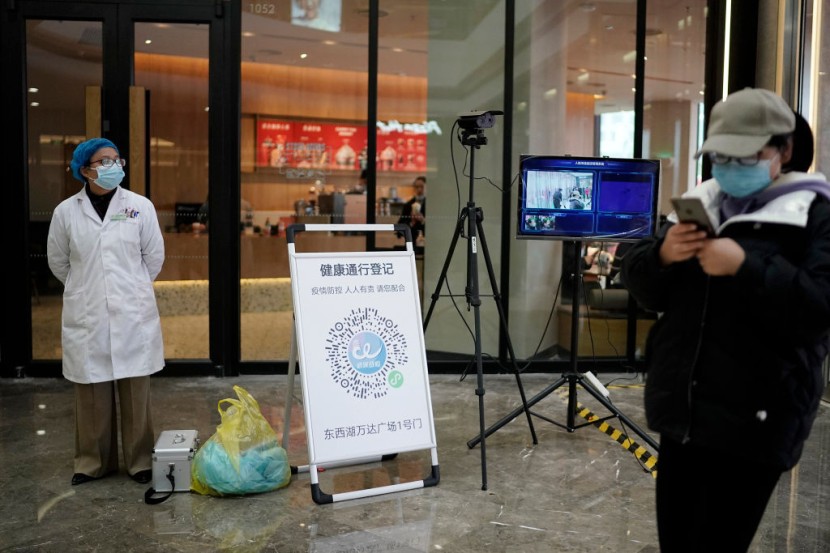
Almost ten times the official number of confirmed cases, an estimated half a million residents from Wuhan may have been infected with coronavirus, based on the study of the Chinese Center for Disease Control and Prevention (CDC).
The CDC's study used a sample of 34,000 individuals coming from the general population in Wuhan, which is the original epicenter of the global health crisis, and other Chinese cities in Hubei province, along with Shanghai, Beijing, and the provinces Jiangsu, Guangdong, Liaoning, and Sichuan to estimate the infection rate of COVID-19.
Based on the researchers, they have found an antibody prevalence rate of 4.43% for coronavirus among residents in Wuhan, which is a metropolis of 11 million individuals.
According to the Municipal Health Commission of Wuhan, as of Sunday, the Chinese city had reported a total of 50,354 confirmed cases of coronavirus.
The said study aimed to estimate the scale of past infections in a specific population by testing blood serum samples from a pool of individuals for COVID-19 antibodies.
The study's findings are not taken to be final statistics of how many people in a given area have been exposed to the virus.
Based on the Chinese CDC statement, the said study was conducted a month after China mentioned that they had contained the first wave of the COVID-19 epidemic.
According to CNN, the study also showed that the prevalence rate outside of Wuhan is significantly lower. Simultaneously, in other cities like Hubei, only 0.44% of residents surveyed were found to have COVID-19 antibodies.
Moreover, outside the province, antibodies were only detected in two individuals, not less than 12,000 residents surveyed.
The study results were released in a post on social media on Monday by the Chinese CDC, but it was not mentioned whether the study was published in an academic journal.
Read Also: House Passes Measure Increasing Stimulus Checks to $2,000, Sends Bill to Senate
Underreported infections
A senior fellow for global health at the Council on Foreign Relations, Yanzhong Huang, shared that the study points to a problem of underreporting in infections during the peak of the outbreak in Wuhan, partly due to the chaos at the time of the crisis and a failure to include asymptomatic cases in the official count of confirmed cases.
Due to the lack of manpower, medical resources, and overcrowded hospitals in January and February, most of the residents depend on self-isolation, which ended up infecting most of the initially infected individual's family members, as others died at their homes, South China Morning Post reported.
Faced not only by China but underreporting is also experienced by health authorities in a number of countries, as it is a problem usually caused by a lack of capacity and resources.
Studies regarding antibodies conducted by researchers in other parts of the world also show the coronavirus was much more prevalent than the suggested official numbers.
On the other hand, a study sponsored by the Department of Health by the state of New York showed that at the end of March, one among seven adults in the state was infected with coronavirus, which is ten times higher compared to the official account during that time, Business Standard reported.
Related Article: Crucial Georgia Senate Run-off Race Kicks Off with Trump Led Rally








